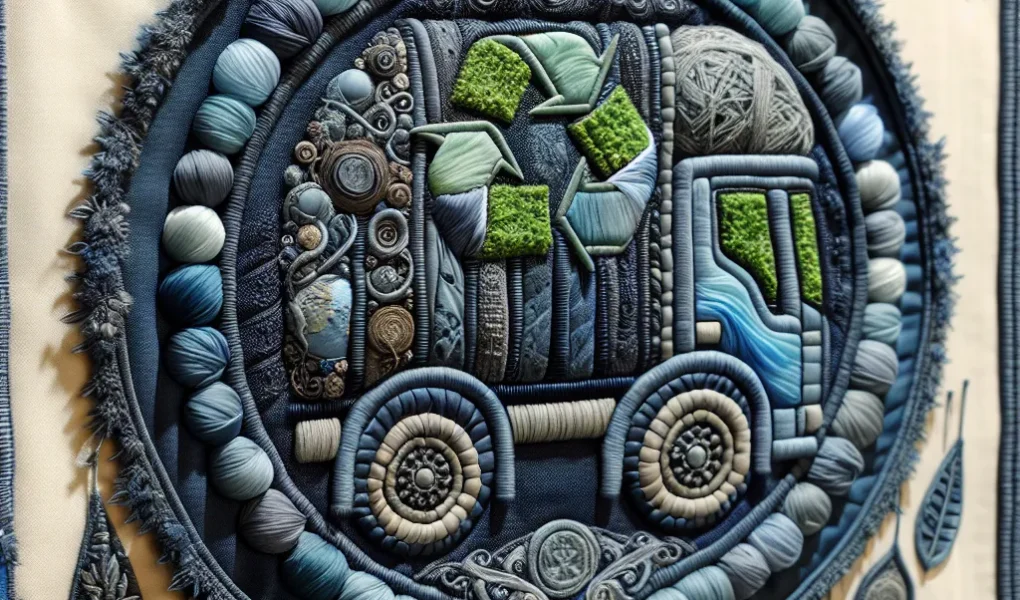The History of Sustainable Clothing: From Tradition to Innovation
Sustainable clothing practices have a rich history that reflects the evolution of societal values and technological advancements. The concept of sustainable clothing is deeply rooted in traditional practices of reusing, repairing, and repurposing garments. Throughout history, people have been mindful of the resources they used and sought to minimize waste in their clothing production. In ancient civilizations, such as in India and Japan, techniques like patchwork, darning, and quilting were employed to extend the lifespan of clothing, embodying principles of sustainability long before the term came into vogue.
As industrialization took hold, the fashion industry underwent significant changes, shifting towards mass production and consumption. This led to a divergence from sustainable clothing practices, as fast fashion and disposable trends became the norm. However, in recent decades, there has been a resurgence of interest in sustainable clothing, driven by growing environmental awareness and a desire for ethical and transparent supply chains.
Innovation has played a crucial role in the revival of sustainable clothing practices. Advancements in textile technology, such as the development of eco-friendly materials like organic cotton, hemp, and recycled polyester, have expanded the possibilities for sustainable fashion. Furthermore, the adoption of sustainable manufacturing processes, including water-saving dyeing techniques and zero-waste pattern cutting, has contributed to reducing the environmental impact of clothing production.
Understanding the historical trajectory of sustainable clothing enables us to appreciate the fusion of tradition and innovation in the contemporary sustainable fashion movement. By drawing inspiration from time-honored practices and leveraging modern technologies, the fashion industry continues to pave the way for a more sustainable future.
Innovations in Sustainable Fashion: From Eco-friendly Materials to Circular Design
Innovations in sustainable fashion have played a crucial role in revolutionizing the clothing industry, paving the way for eco-friendly materials and circular design. The shift towards sustainable practices encompasses a wide array of innovations, from the development of alternative materials to the implementation of circular design principles.
Eco-friendly materials such as organic cotton, hemp, and recycled polyester have gained prominence in the fashion industry, offering a sustainable alternative to conventional fabrics. These materials not only reduce the environmental impact of clothing production but also promote ethical and responsible sourcing practices.
Furthermore, the concept of circular design has gained traction as a means to minimize waste and prolong the lifespan of garments. Through strategies like design for disassembly, upcycling, and recycling, fashion brands are reimagining the lifecycle of clothing, emphasizing durability and recyclability.
Moreover, technological advancements have significantly contributed to the innovations in sustainable fashion. From 3D printing of garments to the utilization of digital platforms for rental and resale, technology has enabled novel approaches to reducing the environmental footprint of the fashion industry.
As the demand for sustainable clothing practices continues to grow, the pursuit of innovations in materials and design will be instrumental in shaping the future of fashion towards a more eco-conscious and circular model.
The Future of Sustainable Clothing: Emerging Trends and Technologies
As we look ahead to the future of sustainable clothing, it’s clear that emerging trends and technologies will play a crucial role in shaping the industry. One of the most promising trends is the use of innovative materials, such as lab-grown leather and recycled fabrics, which have the potential to significantly reduce the environmental impact of clothing production. Additionally, advancements in 3D knitting and printing techniques are revolutionizing the way garments are made, allowing for minimal waste and precise customization.
Another key aspect of the future of sustainable clothing is the adoption of circular fashion principles, which prioritize a closed-loop system where garments are designed for longevity, reuse, and recycling. This shift towards circularity is driving the development of innovative business models, such as clothing rental and resale platforms, as well as the implementation of blockchain technology to enable transparent supply chains and product traceability.
Furthermore, the concept of on-demand and personalized clothing is gaining traction, enabled by technologies like body scanning and artificial intelligence. This personalized approach not only minimizes overproduction but also enhances the overall experience for consumers, promoting a more conscious and less wasteful approach to fashion consumption. In the coming years, we can expect to see a greater integration of digital solutions and sustainable practices in the fashion industry, ultimately paving the way for a more eco-friendly and socially responsible approach to clothing production and consumption.



